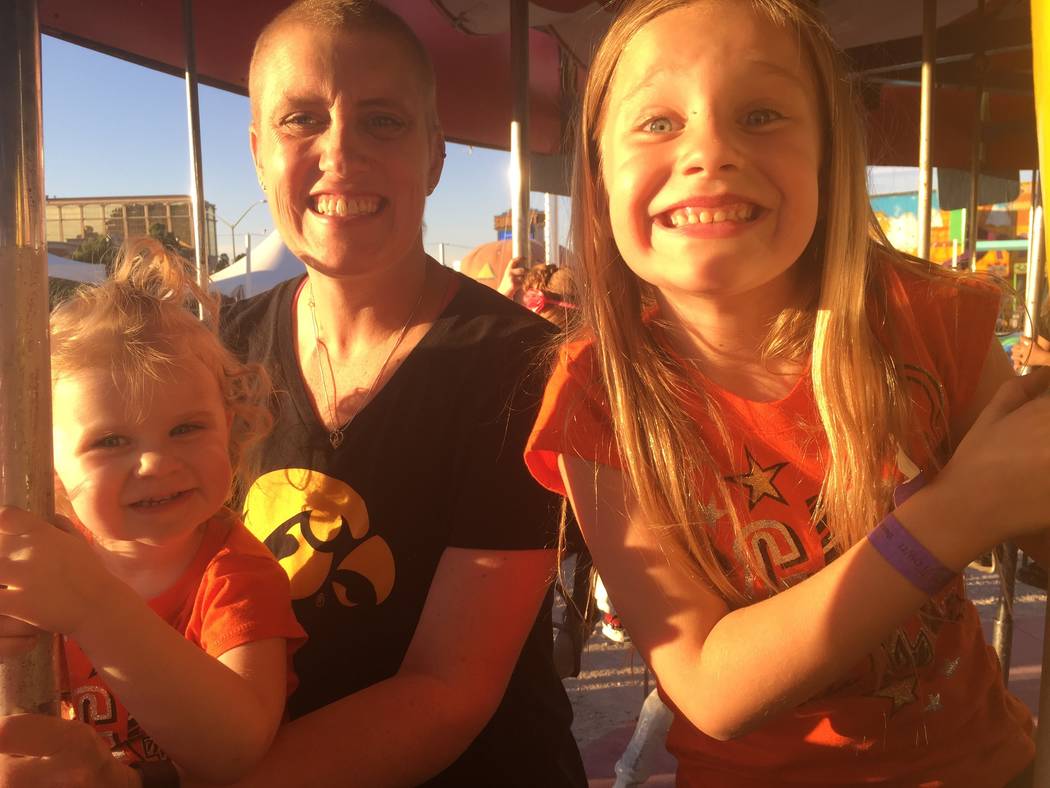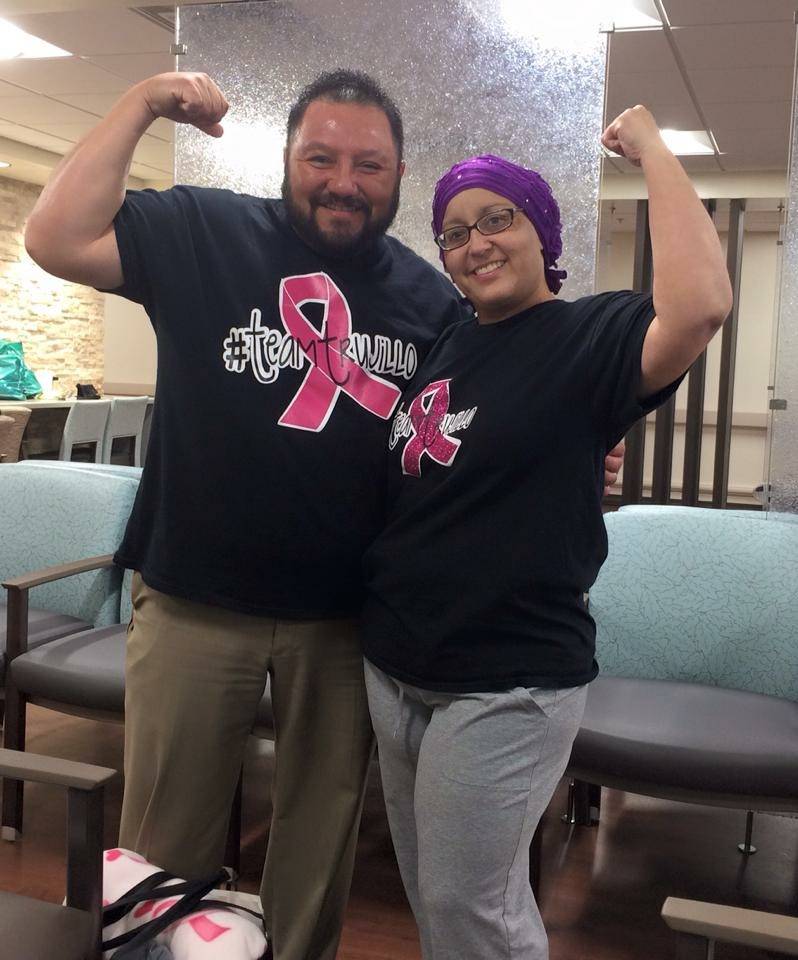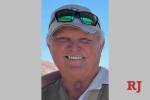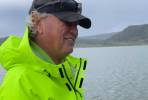Cancer patients follow ‘bald is beautiful’ mantra
Everyone knows that hair loss is a potential side effect of cancer treatment. Some women take it as a time to express a completely different side of them. Some search for a wig that matches their “regular” hair, and some just opt to recite the “bald is beautiful” mantra. Each survivor has to decide what works best for her, and the choices abound.
As a second-time breastfeeding mom, Jamie Shea was weaning her daughter in the spring of 2016 when she noticed her left breast was not getting smaller as it should.
“I went to see a breast surgeon who I had seen the year before for a lump that eventually went away. This time, she did an ultrasound but thought it was possibly a blocked milk duct, not cancer,” recalled Shea. “Upon her advice, I sought out a lactation specialist, who immediately ruled out a milk issue and told me to get back to the doctor. She put me on a round of antibiotics while we waited for insurance approval to do a biopsy.”
Shea returned to Dr. Souzan El-Eid of Comprehensive Cancer Centers of Nevada after 10 days of medication.After the needle biopsy came out dry, El-Eid ordered a core biopsy (which can provide more information) on the spot. The doctor was confident at that point that it was cancer.
It turns out Shea had the most common form of breast cancer — infiltrating ductal carcinoma — and high levels of HER2, a protein that can cause breast cancer cells to grow aggressively.
“A PET scan determined that it was in my lymph nodes, as well as in my left breast, and was diagnosed at Stage 3.” This stage is defined as a cancer that has spread but has not yet invaded any distant organs.
“Up until that point, cancer had been the biggest fear of my life,” Shea said. “I had two little girls and knew that I needed to fight this and come out cancer-free. I needed to show my daughters how strong I could be.”
With an aggressive treatment protocol in place, Shea said, “I knew God had a plan for me.”
When her hair began to really fall out after her second chemo session, she came up with a fun way to share the experience with her girls.
“We had a family hair-cutting party,” she said. “They loved being able to cut my hair, and once the hair was all gone, it was OK and I knew that this was just a step in my journey.”
Shea opted to wear a wig at work during her treatment.
“I couldn’t wait to take it off each day and it couldn’t have come off more quickly. But I was bald the rest of the time. I thought of it as a token of my courage and strength,” she said. “It was always interesting how, when I was out in public with my bald head, people would want to share their own cancer stories. It really opened my daughters’ eyes to see the encouragement and strength I gained from others and from staying positive.”
She believes that there are two types of people: those who dwell on the negatives and let those thoughts destroy them, and those with positive attitudes who really see their illness as a way to learn something new about themselves.
“Cancer changed my life for good,” said Shea.
Shea returned to her job after her double mastectomy and didn’t continue wearing a wig while her hair grew back. She was surprised to learn that some co-workers hadn’t even realized what she was going through.
“I lost weight because of being sick during my treatment, and some people commented on how great I looked and wanted to know what diet I had been following,” she said. “I joked with them that it wasn’t a diet I would recommend.”
Now, with reconstructive surgery behind her, Shea’s hair has grown back, and she’s got a new lease on life.
“I’m very open and honest with everyone about this journey I’ve been on,” she said. “I’ve learned that you can’t live in fear, and life is too short to get hung up on these things. Put a smile on your face and enjoy life.”
She also notes that she wouldn’t be cancer-free if it weren’t for the “amazing group of doctors I had.”
When Yolanda Trujillo’s doctor asked her to get her mammogram done, she didn’t think much of it — after all, she had been getting them for years (due to her family’s cancer history), and they always came back with normal results. She waited a few months until her life wasn’t quite so busy, made the appointment and, afterward, was asked to come back for a “closer look.”
“I started to get a little concerned,” she recalled. “My doctor wasn’t too concerned, because cancer had not yet shown up on my blood work and 80 percent of microcalcifications (very small calcium deposits within breast tissue) are benign.”
Nevertheless, Trujillo went in for a biopsy and was officially diagnosed with ductal carcinoma in situ and ER/PR negative, HER2+ invasive ductal carcinoma in July 2016.
Trujillo was aware that she was in for a fight to survive. “I had already been through thyroid cancer two years before. I knew that I had to do what was needed in order to raise my kids and grow old with my husband.”
Knowing she would lose her hair, Trujillo shaved her head after her first chemo treatment, went wig shopping and had a wig custom-cut.
“I shaved my head because it was the only thing I could control, and then my husband shaved his head so we could match,” she said. “I didn’t want clumps of hair to just come out. I had to embrace being bald and beautiful.
“I wore my wig for a day and a half. I hated it! It was itchy and hot — I was over it quickly. I started to wear head covers instead. I figured it was one less thing I had to worry about because, at that point, I needed to be comfortable. I am blessed to have such a supportive family, friends and co-workers.”
Trujillo said that when you are sick, “the last thing you want to worry about is your hair. It’s a blessing to not have to worry about that part of your life.” When her hair grew back, she knew that she had “gotten through the tough part and was ready to continue to move forward.”
What’s her advice to others in a similar situation? “Embrace every step in your journey and have faith in God to get you through it all. Ask for and accept help from your support system. You cannot do this alone.”





























